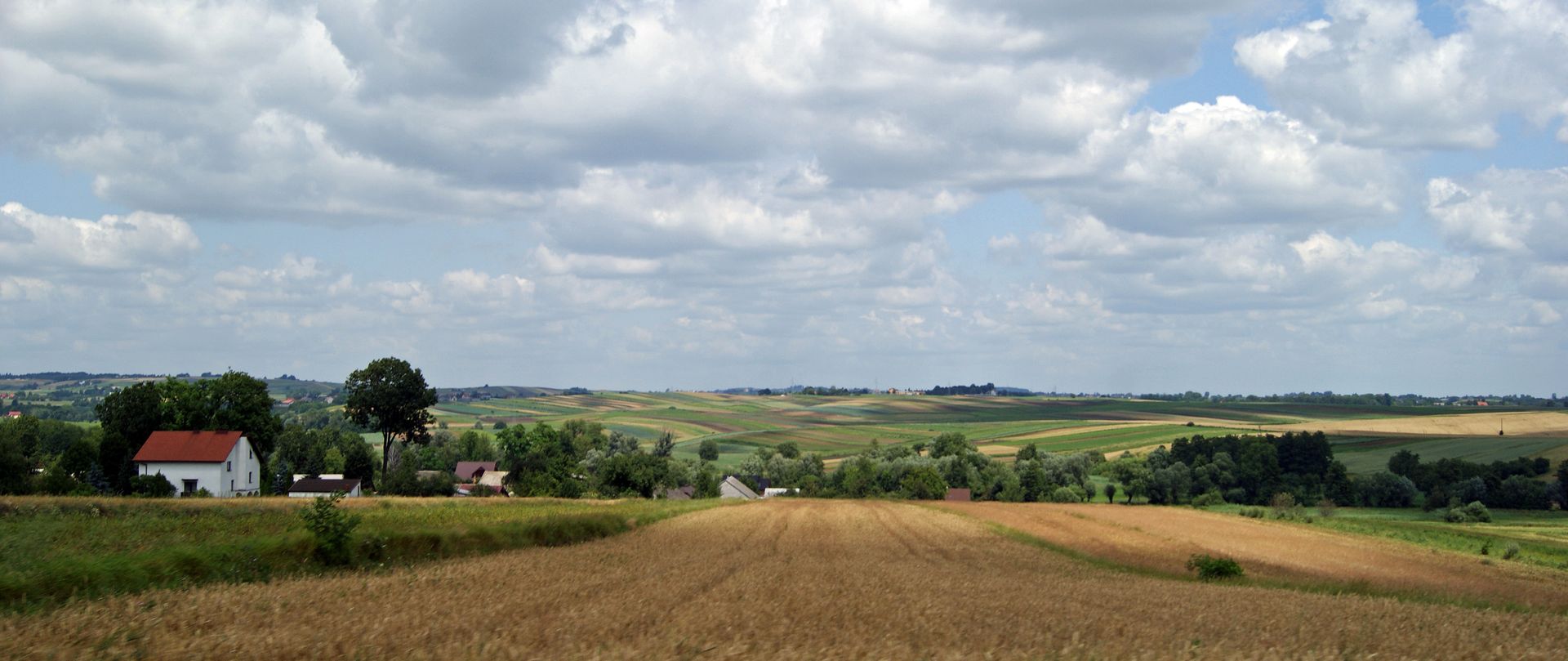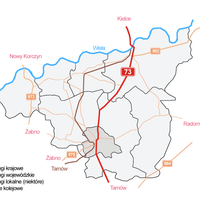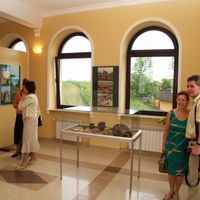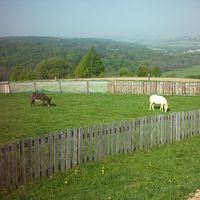Proszowice Plateau
6.54

Overview
The Proszowice Plateau is a physiographic mesoregion located in southern Poland, on the border of the Lesser Poland and Świętokrzyskie voivodeships. This area, with an elevation ranging from 220 to 280 meters above sea level, is composed mainly of Miocene marine sediments covered with loess. It borders various geographical formations such as the Miechów Upland, the Nida Valley, and the Vistula Lowland. The region features fertile black soils, making it an important agricultural zone, especially for wheat and sugar beet cultivation. The Szreniawa and Nidzica rivers, tributaries of the Vistula, influence the local ecosystem and the development of settlements. Among the main towns in this region are Proszowice, Skalbmierz, and Kazimierza Wielka, which serve as cultural and economic centers. It is worth noting that the Proszowice Plateau is also an area of great historical significance, with numerous architectural monuments attesting to the region's rich history. A point of interest is the unusual shapes of the hills and the diverse landscape forms, which attract tourists and nature enthusiasts. With its unique characteristics, this region is not only a place to live but also a space that captures the attention of those interested in history and architecture.
Location
2025 Wizytor | All Rights Reserved









